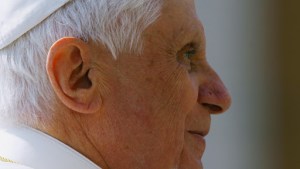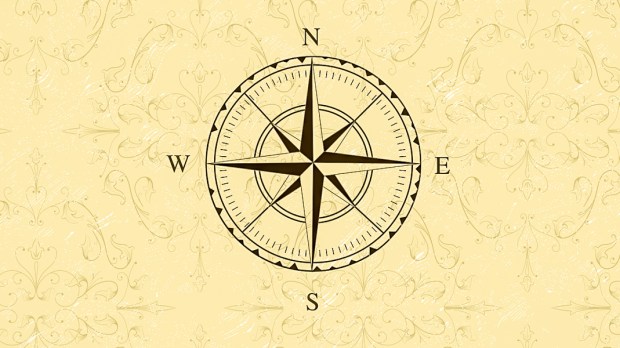Ancient cultures saw meaning in every part of the natural world. Christians also saw the world in this lens and applied symbolism to various things such as the four cardinal directions.
The symbolism that was developed affected every part of Christian culture, from art and architecture to the way the liturgy was celebrated. Christians took seriously the ascribed attributes of each direction and applied the symbolism to everything they did.
North
Up to the present day north is viewed as a place of cold and darkness. Additionally, in the first few centuries of the Church the barbarian armies lived to the north of Christian cities and were viewed as hostile people. The prophet Jeremiah even mentions how, “Out of the north evil shall break forth upon all the inhabitants of the land” (Jeremiah 1:14). For these reasons the Gospel during Mass was said facing north in hopes of converting the barbarians to Christ.
South
The opposite of north, south was seen as a region of warmth and light. In the biblical narrative it is through the Southern Kingdom of Judah that springs forth the Messiah and the Northern Kingdom is scattered. The Epistle, which traditionally contained readings from the New Testament, was read facing south in recognition of the light brought by the New Testament.
East
East is the direction of the sunrise and was naturally associated with various Christian imagery. East was first seen as a symbol of Christ, the “light of the world,” and the direction of his Second Coming. The sunrise was also associated with the Resurrection as it is written in the Gospels that Christ rose from the dead at dawn. East is also connected to Paradise and Heaven, as God “planted a garden in Eden, in the east; and there he put the man whom he had formed” (Genesis 2:8). Christians for many centuries prayed facing east (ad orientem), both for the Eucharistic liturgy and at daily prayers. Cemeteries were even oriented in such a way that those buried were facing east, ready to meet Christ when he came again.

Read more:
Benedict XVI: Celebrating the liturgy ‘ad orientem’ directs all creation to Christ
West
Not surprisingly, being the opposite direction of east, west was viewed as a place of darkness and evil. The sun sets in the west and ushers in the night, a time when sin frequently occurs. Adam and Eve were expelled west of the Garden of Eden after they sinned. West was also viewed as the direction of the sea and death. The edge of the world was always believed to be located in the West. The west door of medieval churches, through which worshipers would exit after Mass, often featured a large fresco or stained glass window of the Last Judgment over the doors, as a reminder of eternity.

